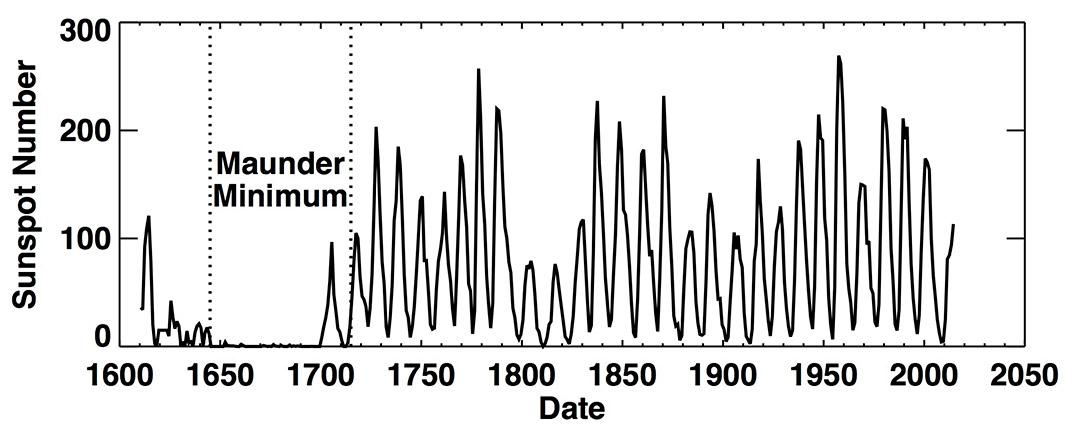Climate Spotlight
Some periods in the Earth’s history have been characterized by anomalies in climate due to natural factors. Use the tabs below to learn more about these times.
This warm, tranquil period took place 900 - 1300 AD. Temperatures during this period are comparable to temperatures directly measured during the 20th century. During this period, agricultural practices were seen at higher latitudes and elevations and historical field information reveal anecdotal remarks of bountiful grain yields. For example: Grapes were grown in England, several hundred kilometers from their current growth limits and fig and olive trees were grown in parts of Italy and German, far north of their current growing region. Historical documents and journals (proxy data) indicate that severe winters were less frequent during this time period based on records of frost dates, frozen bodies of waters, duration of snow cover, and plant budding. Greenland and Iceland were also settled during this time, which may have been a result of the warmer climate.
Between 1645-1715, a period of little to no sunspot activity was observed. Annie and E.W. Maunder, British Astronomers studied the available data and discovered the low sunspot period in the late 1880s. The Maunder’s Minimum occurred during the coldest state of the Little Ice Age. It was hypothesized that the reduction in solar brightness could have contributed to the decrease in global temperatures.

The “Little Ice Age” refers to a period from 1350 - 1900 AD, when temperatures in the Northern Hemisphere were between 1 - 2°C (1.8 - 3.6°F) cooler than present. Greenland may have been completely cut off by ice for nearly 300 years. Rivers in Holland were frozen solid and glaciers in the Alps advanced. There was an increased amount of sea ice and no open ocean was seen around Iceland. The timeline below shows some of the events in Europe that may have been affected by the climate of the Little Ice Age.
Timeline:
- 1315: The Great Famine - Catastrophic combined with cool summer temperatures ruined crops; bitterly cold winter caused issues with livestock.
- ~1400: Norse Settlements Abandoned - winters became colder than those of Norway, making it harder to grow crops and keep livestock.
- 1469: Wine Cultivation in England Abandoned (1469) - late seasons frosts and freeze destroyed the grapevines and led to the collapse of vineyards in northern parts of England.
- ~1700: Faeroes Cod Fishing Fails - temperatures in the northern seas fell below 2C for up to 30 years driving cod from the area.
- 1815-1849: Irish Potato Famine - Extremely wet conditions, combined with lack of sun, and cool temperatures helped the spread a severe strain of potato blight that desimates the crops.